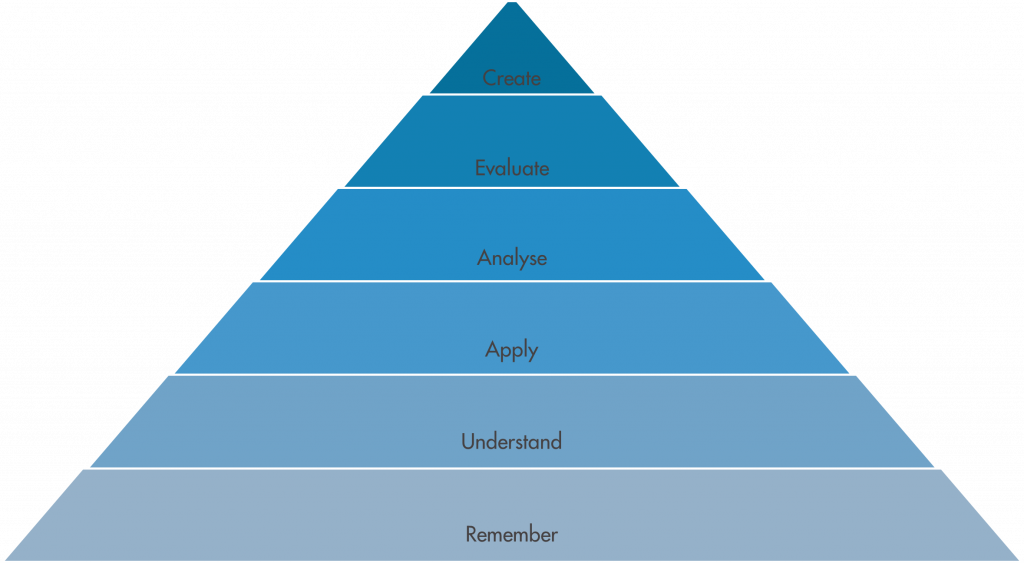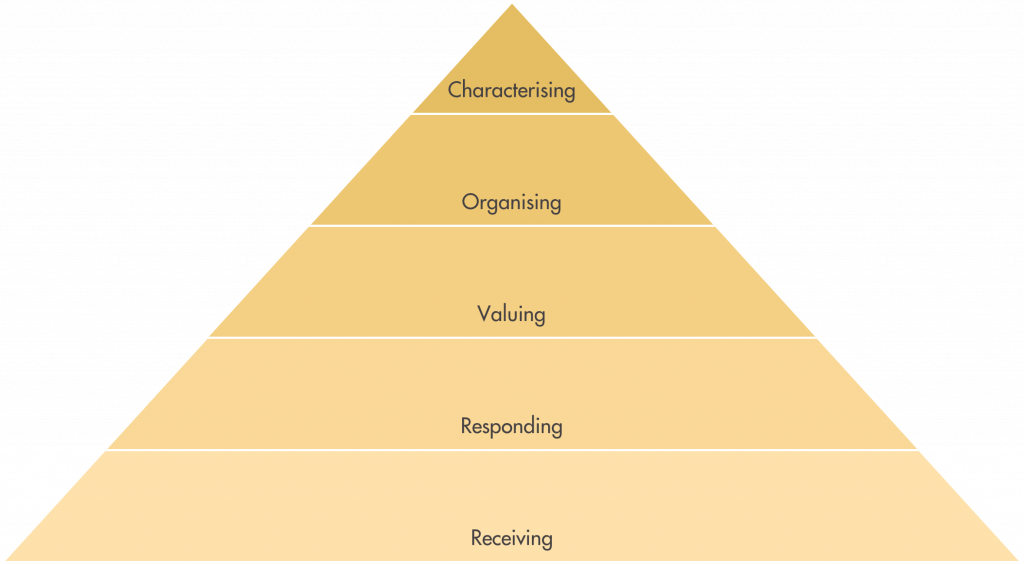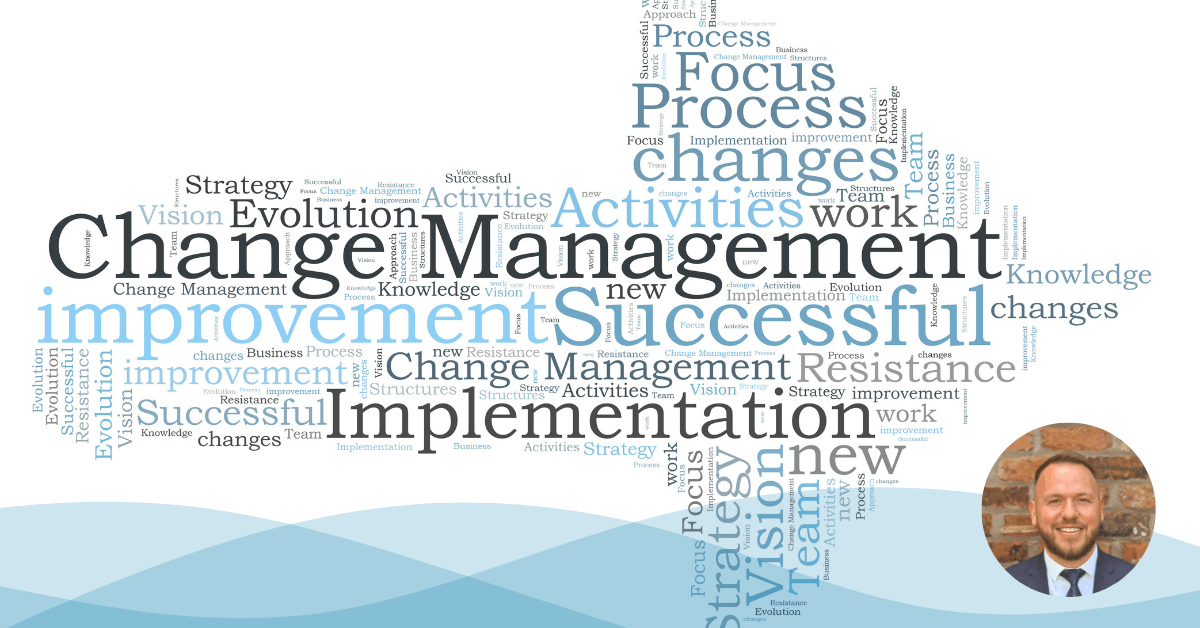Let’s take a closer look at how this framework could support the development of high-performing leakage analysts and data professionals.
Leakage analysts don’t just look at charts and dashboards. They interpret data, spot anomalies, recommend actions, and evaluate success. As they progress and gain experience, they may also look for patterns, innovate processes, and drive strategic insights.
Here’s how Bloom’s can help shape training for this journey:
- Remember – Building a Knowledge Base
At this stage, learners need to memorise and recall key concepts. For leakage analysts, this might include:
- Key terminology and important definitions: District metered areas (DMA), minimum night flow (MNF), average zone night pressure (AZNP) etc.
- Names of key systems, datasets and KPIs
- Basics of flow, pressure, and acoustic data
Training methods:
Flashcards, glossaries, annotated dashboards, knowledge quizzes
2. Understand – Grasping the ‘why’.
Here, we help analysts explain and interpret what they’re seeing:
- Why is the nightline important?
- What do changes in minimum night flow suggest?
- What’s the relationship between flow and pressure?
Training methods:
Short explainer videos, annotated dashboards, concept mapping, written reflections
- Apply – Using knowledge in context
Analysts begin to use their knowledge to perform real-world tasks, such as:
- Filtering data for unusual patterns
- Setting thresholds in dashboards
- Creating basic reports from DMA trends
Training methods:
Scenario-based tasks, guided case studies, sandbox dashboards
- Analyse – Breaking It down
This is where analytical thinking begins. Analysts start to draw insights and compare variables, like:
- Analysing DMA trends across time
- Comparing performance between zones
- Linking weather events to leakage spikes
Training methods:
Real-life case investigations, data comparison exercises, peer-led reviews
- Evaluate – Making judgments
At this level, learners must critically assess options, justify recommendations, and conduct cost benefit analysis:
- Choosing between interventions and review existing processes.
- Explaining the likely root cause of an issue
- Assessing the effectiveness of recent actions
Training methods:
Root cause templates, evaluation matrices, benefits case studies
- Create – Innovating and leading
Finally, experienced analysts or data scientists can begin to build new things:
- Designing custom KPIs or models
- Prototyping and automation tools
- Recommending strategic changes to awareness and detection processes
Training methods:
Innovation projects, hackathons, mentoring junior analysts.
Bloom’s isn’t just for analysts. The same framework can guide development roles within the industry for other roles.
Technicians need to understand how equipment works – Apply, troubleshoot issues in the field – Analyse, and then recommend best-fit solutions – Evaluate.
Operational Managers need to assess performance across teams- Evaluate, improve escalation processes – Create.
Strategic Leaders need to understand regulatory frameworks – Understand, prioritise investments – Evaluate, and design long-term strategies – Create.
This ensures every role gets learning that reflects its responsibilities—not a one-size-fits-all training deck.





